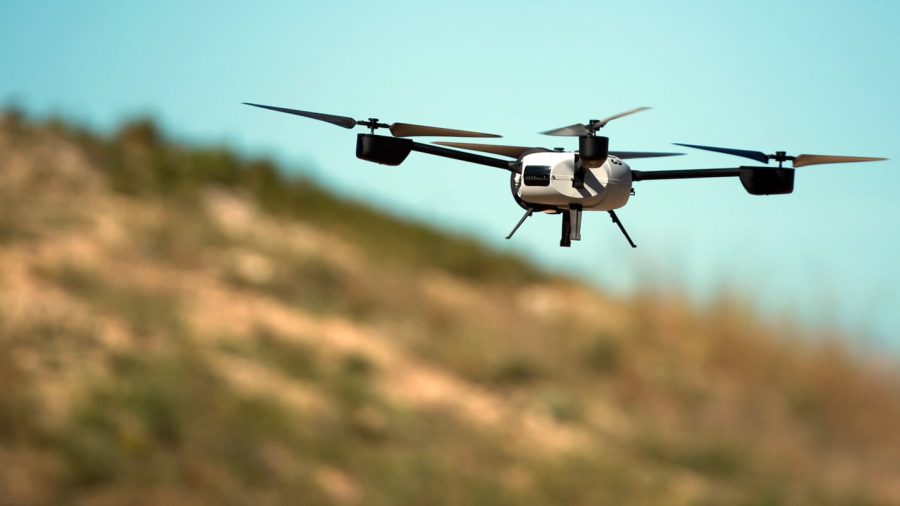The DroneLab at UC San Diego is building a new outdoor drone testing center, with expected completion in early 2018. The new testing center will be a fully-enclosed cage that measures 30 feet tall and 50 feet wide, and will serve as a facility to test the DroneLab’s aerial vehicles. It will be built near Earl Warren College, in between the Science and Engineering Research Facility and the Structural and Materials Engineering building where research balloons were tested in the past.
The DroneLab at UCSD does a variety of research using aerial, terrestrial, and submersible drones to collect data and transfer physical objects, among various other tasks, in order to improve drone functionality and usage in disaster situations, such as natural disaster search and rescues. According to Falko Kuester, a structural engineering professor at UCSD and one of the engineers at the DroneLab, the goal of the lab is to mimic real-life situations as closely as possible for testing.
Using the new testing center, the lab can monitor how the robots respond to or avoid collisions.
“[This testing center] will allow us to really test the next generation of drone platforms,” Kuester explained. Researchers can test collision avoidance to make sure the drone knows what to do if it sees a human in a real-life situation, as well as swarming algorithms.
The fully enclosed testing center also allows the lab to run their tests in an environment that is not regulated by the Federal Aviation Administration. The FAA requires, among other things, that drones flying for work or business must be less than 55 pounds, operated in daylight hours only, and must remain within the pilot’s visual line of sight.
The DroneLab is a part of the Contextual Robotics Institute at UCSD, and is funded by Qualcomm and the Jacobs School of Engineering. The lab can be used by both undergraduate and graduate students participating in the research.
Kuester told the UCSD Guardian that “students who are interested in design and how to apply it to benefit the community at large” can work with the DroneLab to find new solutions.
Although this research facility seeks to find solutions that benefit civilians, some people argue that drone usage compromises civilian privacy and safety. As drones become more commonly used by police departments, as part of search and rescue operations, and by the general public, there is concern that these unmanned aircrafts may disrupt everyday life.
The San Diego Sheriff’s Department began using drones during investigations earlier this year. According to a study from the Center for the Study of the Drone at Bard College, at least 347 state and local police, sheriff, fire, and emergency units are using unmanned vehicles as of April 2017.








